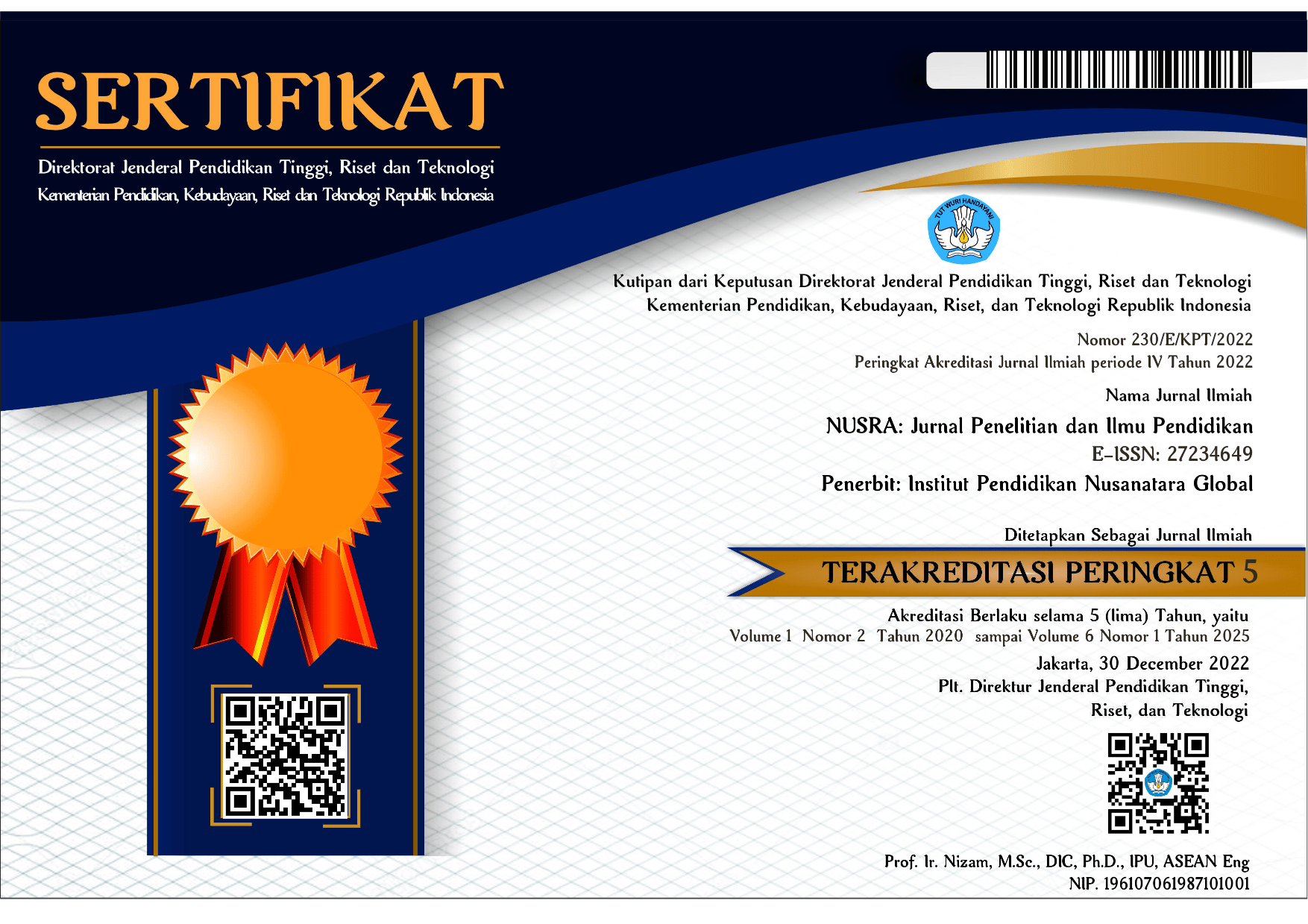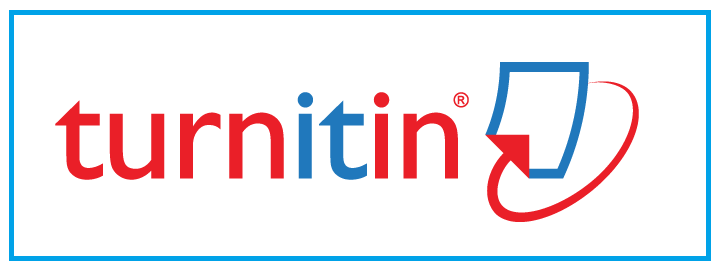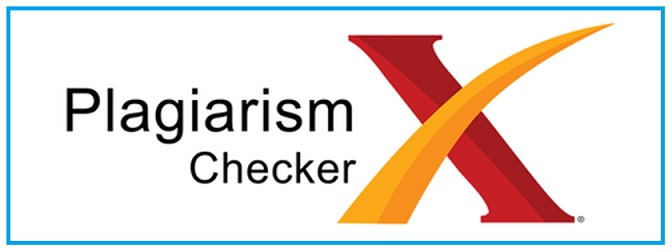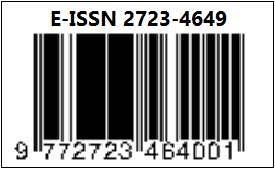Kredibilitas Sumber Ilmiah di Era Digital
DOI:
https://doi.org/10.55681/nusra.v5i3.3139Keywords:
Credibility, Scientific Sources, Digital EraAbstract
A source can be said to be credible if the source can be trusted or even has the power to be trusted. Sometimes we often have difficulty determining whether a source is credible and trustworthy or not because some sources of information often present false information as facts without evidence. Especially in today's digital era, we often have difficulty finding credible scientific sources, because the emergence of the internet, news websites, blogs and social media platforms are increasingly dominant in disseminating information. As a result, the emergence of several sources of information can give rise to our sense of ambiguity in assessing the credibility of current scientific sources. Therefore, we need to know how to find trusted scientific sources in the digital era like today, namely by looking for sources of information through trusted sources such as research journals, or trusted websites such as Google Scholar.
Downloads
References
Afif Muhtar, A., & Rohman, M. (2023). Media dalam Kehidupan Masyarakat. Indo-MathEdu Intellectuals Journal, 4(3), 2976–2985. https://doi.org/10.54373/imeij.v4i3.508
Ardoni, A. (2020). Evaluasi Sumber Informasi Digital: Wikipedia. Shaut Al-Maktabah : Jurnal Perpustakaan, Arsip Dan Dokumentasi, 12(1), 1–10. https://doi.org/10.37108/shaut.v12i1.302
Kimia, D. (2019). Pernik-Pernik dalam Penulisan Publikasi Ilmiah di Era Digital Mudasir. 22–23.
MEJILLÓN GONZÁLEZ YURI LISBETH TUTOR: (2022). The hardest thing to see is what is really in front of the eyes Country. vol. 2, no. 8.5.2017, pp. 2003–2005, 2022.
Mossberger, K. & C. J. T. (2019). Digital Citizenship: The Internet, Society, and Partisipation. 9–24.
Prastiwi, S. K., & Aminah, A. S. (2021). The Effect Of Credibility, Electronic Word of Mouth Communication on Purchase Intentions. Journal of Business Management Review, 2(1), 038–056. https://doi.org/10.47153/jbmr21.832021
Risma, M., Misbah, M., Sasmita, F. D., Yulkifli, Y., & Risma, M. (n.d.). Preliminary study of physics e-module development using research-based learning model through smartphone to support digital learning in Preliminary study of physics e-module development using research-based learning model through smartphone to support dig. 0–8. https://doi.org/10.1088/1742-6596/1876/1/012042
Rusdiana, A. (2019). Pelatihan Penulisan Artikel Jurnal Ilmiah. Panduan Penulisan Artikel Jurnal Ilmiah, 1–31. https://etheses.uinsgd.ac.id/29523/1/2-Buku Panduan PENULISAN ARTIKEL JURNAL ILMIAH.pdf
Satira, U., & Hidriani, 2rossa. (2021). Peran Penting Public Relations Di Era Digital. 1(1), 179–202.
Satyalesmana, E., & Nugroho, I. (2022). OLEH PENYULUH PERTANIAN Credibility of Information Sources and Its Utilization by Agricultural Extension Workers. 31, 9–14.
Sina, I., & Maddinsyah, A. (2020). Mengenal Google Scholar dan Shinta. Unpam, February.
Downloads
Published
How to Cite
Issue
Section
License
Copyright (c) 2024 Muhammad Mirwan Apriandi, Donna Boedi Maritasari, Baiq Zil An’gina Maulida, Ilma Karmila

This work is licensed under a Creative Commons Attribution-ShareAlike 4.0 International License.














